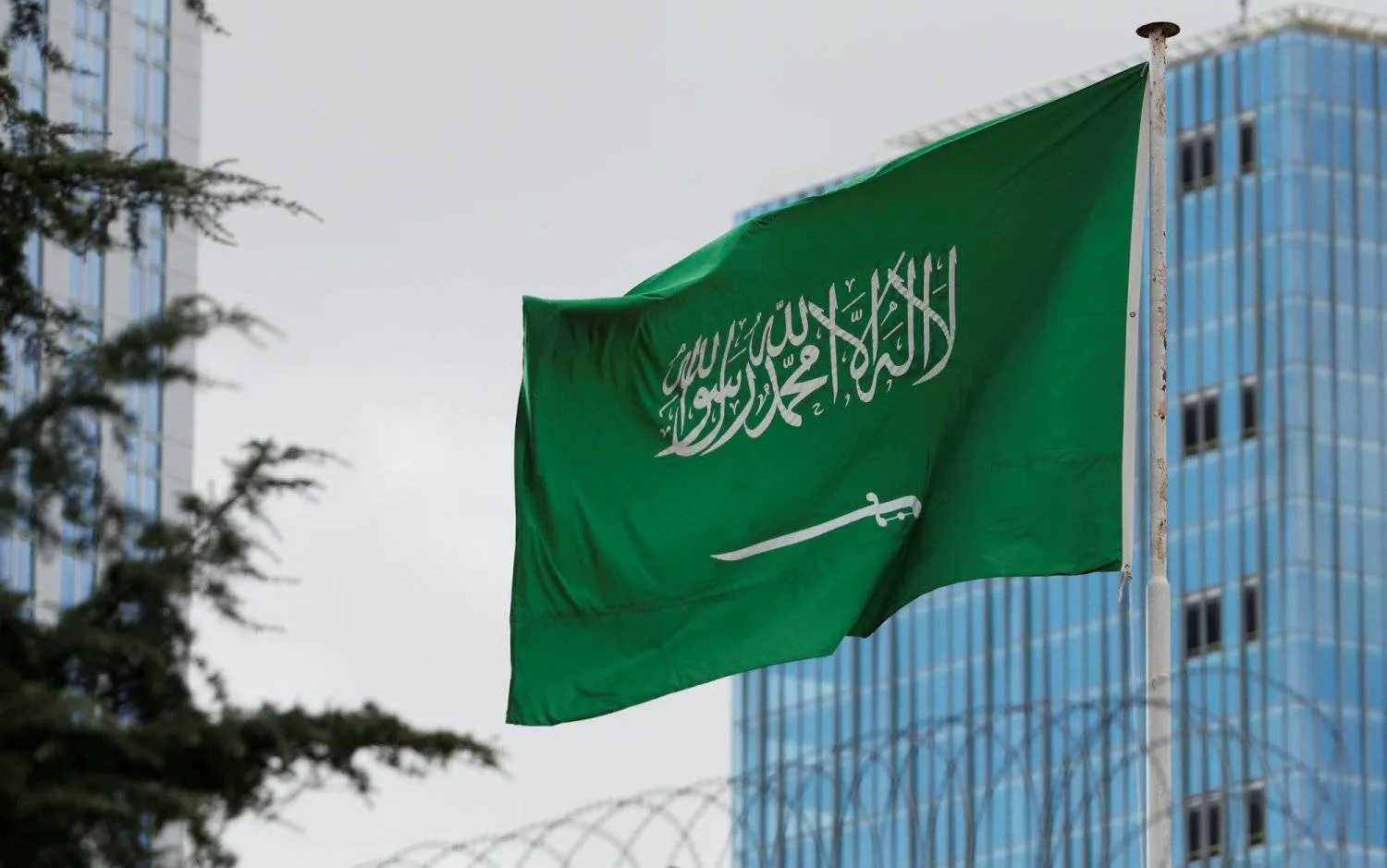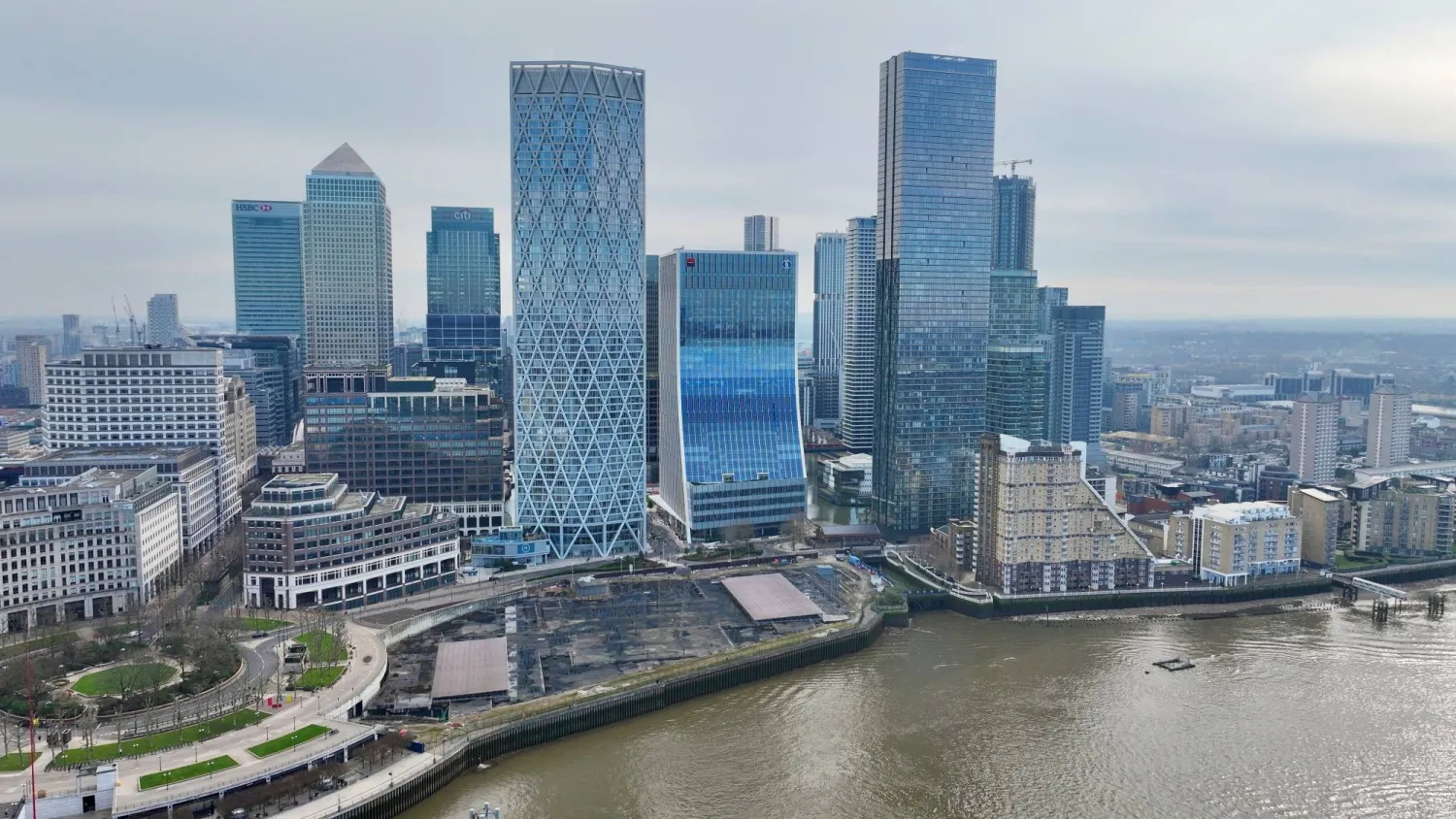The World Bank is forecasting a 5.9% growth for Saudi Arabia’s economy in 2025, surpassing previous estimates. This surge is fueled by heightened non-oil activities and anticipated increases in oil prices, as explained by Roberta Gatti, Chief Economist for the Middle East and North Africa (MENA) region at the World Bank.
The bank now expects the Kingdom’s economy to expand by 5.9% next year, a significant increase from its earlier prediction of 4.2%. It also forecasts a 4.8% growth in the non-oil private sector in Saudi Arabia this year.
Speaking to Asharq Al-Awsat, Gatti explained that the higher forecast for Saudi Arabia’s economy next year relies on two main factors:
Firstly, boosting non-oil activities through loose fiscal policy, large investments (especially public ones), and strong private spending, all while keeping inflation low with generous subsidies.
Secondly, expecting a significant rise in oil production in 2025 due to current trends and extending oil production cuts until mid-2024, leading to a 5.9% GDP growth.
Economic Shocks and Debt Impact
Discussing a report about conflict and debt in the MENA region, Gatti highlighted how conflict exacerbates major weaknesses in the region, notably the surge in debt compared to GDP.
Over the past decade, most regional economies saw their debt levels rise, a trend accelerated by the pandemic.
By 2023, debt had climbed to 88% of GDP in oil-importing countries, up from 81% in 2013. Importantly, debt levels are much higher for oil-importing nations, averaging 88% of GDP in 2023 compared to 34% for oil-exporting ones.
Gatti stressed the importance of transparency in debt management, particularly for oil-importing nations. She also underscored the need to address off-budget expenditures, which are not officially recorded.
She warned that financial adjustments made to handle high interest payments might not fully tackle the increasing debt burdens resulting from off-budget spending. This is especially pertinent for oil-importing countries in the MENA region, Gatti noted.
Oil-exporting nations face the task of broadening their economic and financial sources due to shifts in global oil markets and rising demand for renewable energy.
Gatti explained that uncertainty in the MENA region, already higher than in other emerging markets and developing countries, intensified after October 7 (the start of the conflict between Israel and Hamas) and remains higher than in those regions.
While noting that the report assumes no escalation in conflict, she cautioned about its lasting effects.
As per Gatti, studies show that debt patterns after conflict differ from other disasters. Debt tends to rise after nearly any natural disaster, and GDP growth drops in the disaster year. But growth rebounds in the following years.
After armed conflict, debt spikes significantly, like in any disaster. However, economic recovery post-conflict doesn’t happen, meaning government actions after fighting may not boost economic growth. This means pre-existing debt vulnerabilities could worsen if conflict escalates in the Middle East and North Africa.









